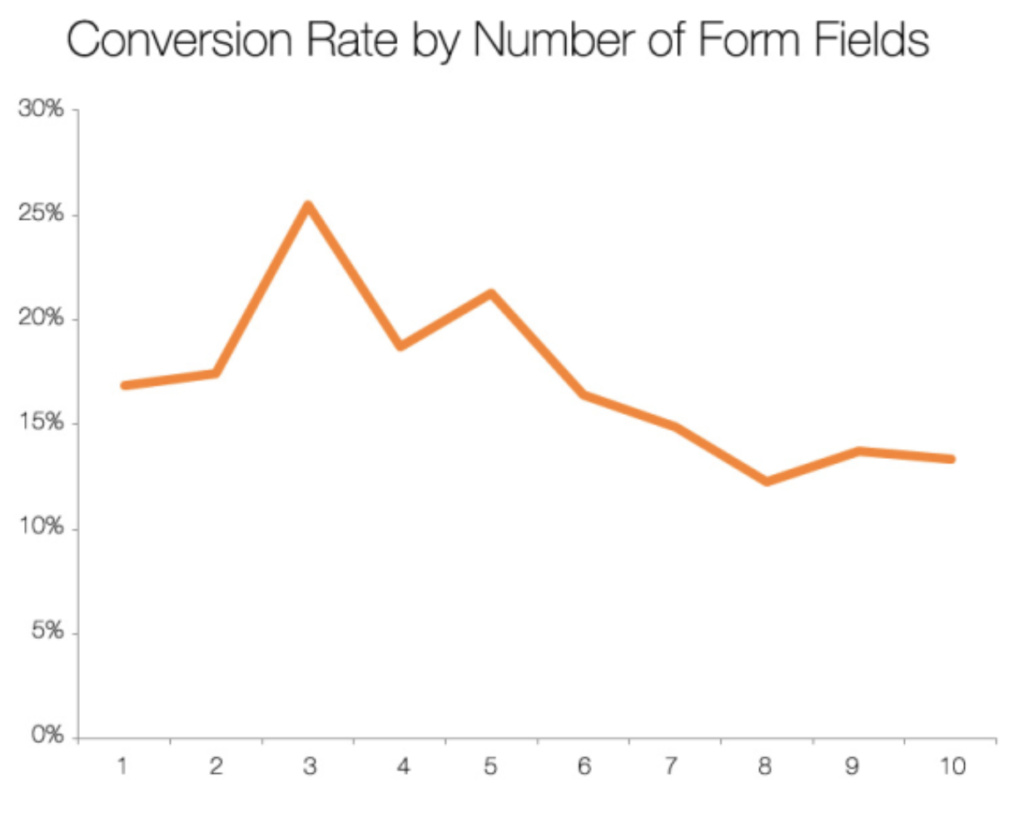Filters
Content Type
Topic
The Ultimate Guide to Maximizing Your Lead Generation Strategies
What differentiates an average lead generation strategy from a quality lead generation strategy?
One key differentiator is your conversion rate. How many of the leads you bring in ultimately become valuable customers?
To maximize your lead generation strategy, you must switch your mindset from just focusing on reaching a set number of leads to focusing on the quality of leads. When you target and attract the highest-quality leads, they’re most likely to become lifetime clients.
Learn seven steps to attract those quality leads through your lead generation strategies.

Step 1: Set Realistic Goals
Before you can create an effective lead generation strategy, establish the end goal. The goal tells you in what direction your strategies should move and whether you’re successful.
You’ll set your goals based on your competition and your business.
Look at your competition to see their benchmarks, strategies, and wins. The competition shows what’s possible in your niche and what you can strive for.
Then, look at what you have accomplished in the past. Past benchmarks let you know where you’re starting from so your goals remain realistic. Then, you can establish a new benchmark that challenges you to reach new heights without overwhelming your marketing team and resources.
Step 2: Identify Your Ideal Lead
Who do you hope to attract?
Create an ideal customer profile that outlines your target accounts and clients.
Include information like:
- Demographics/Firmographics
- Decision-maker titles and needs
- Location
- Pain points
- Primary motivators
You find this information from past customer data and the buyer’s journey. If you aren’t sure what motivates your leads to choose your company or what their demographic data is, you can send out surveys to collect that valuable information to help you know who is most likely to respond to your marketing.
However, don’t just restrict yourself to your current customers. Perhaps there’s an entire demographic that you haven’t attracted yet but could benefit from your products and services. Research your industry and brainstorm about what other unreached companies and clients may become future customers. Then, create hypothetical profiles based on how this audience looks and acts.
These profiles will guide you as you target a niche audience most likely to convert.
Step 3: Target the Highest Quality Leads
Targeting leads matching your ideal customer profile allows you to focus all your time and resources on leads most likely to generate a return for your efforts.
Begin by researching where you can reach your target audience. For example, if you want to connect with B2B decision-makers, you’ll have great success on LinkedIn over most other social media platforms.
You’ll also know what language to use in your marketing and keywords to target through SEO so your target audience finds you.
Content syndication effectively targets your marketing strategy by sharing content you create on third-party sites based on established filters. For instance, if you’re looking to target financial institutions, you can frequently syndicate your content across authority financial sites to reach your ideal customers.
Step 4: Customize Your Experience
Customization improves the client experience. When your potential leads land on your website, they’ll see information targeted to their company, role, and pain points. That way, they will respond to your marketing attempts and fill out your lead collection forms.
Some items you can customize on your website include:
- Text banners: Capture attention through banners that change in real-time based on visitor data.
- Call to action: Customize the call to action at the end of your content by targeting specific pain points of each visitor.
- Landing pages: Create unique landing pages for each ad and link based on the customers you’re trying to attract.
Step 5: Simplify and Incentivize Lead Generation
People are very cautious about where they input their information. No one wants to add more spam to their inboxes. So, they’ll only give contact information if they feel it’s worthwhile.
The best lead generation methods don’t require much time or effort while promising valuable rewards, making signing up a no-brainer for website visitors. HubSpot found the ideal number of text fields is just three.

Image from HubSpot
Provide multiple ways and reasons for leads to connect. If website and social media visitors feel they have options, they’re more likely to find a form they want to fill out.
Your most effective lead generation strategies will also focus on the customer and their needs. They aren’t visiting your website to find products – they’re looking for solutions to their problems. So, they’re most likely to exchange information for guides that promise solutions than information about your company.
Some excellent lead-generation options include:
- Newsletter signups
- Content downloads
- Webinar attendees
- Trial and demo signups
- Contact forms
- Free product, promotions, or discount signups
Step 6: Pre-screen and Qualify Your Leads
Even though you target your niche audience, you’ll collect many leads who may not be interested in buying your products. However, you can save time and focus more energy on relevant clients by pre-screening and qualifying all leads through your contact forms.
Use contact forms to narrow your leads down to help you identify the best leads. For example, if your ideal customers are business decision-makers, you can add a field for business emails to filter out individuals whose responses don’t match your ideal customer.
You can also filter and segment leads based on their intent. Intent reflects their interest level as it analyzes how leads interact with content.
Automated emails are effective ways of analyzing intent. Once a lead fills out a form, they receive a welcome email. Then, you can monitor who opens the email and clicks on email links.
Leads who interact with the automated emails can move automatically to the next stage of nurturing, where you can begin incorporating more personalized strategies into your marketing and sort them into segments based on their interest level.
Step 7: Monitor and Measure Your Results
As you run your B2B lead generation strategies, continuously monitor the results to see whether your strategies meet your goals and benchmarks.
Remember to measure multiple metrics beyond conversion and leads generated to understand your success. You can also look at a customer’s lifetime value, how many leads generated were qualified leads, and the rate of marketing qualified leads to convert into sales qualified leads.
If you’re not reaching your goals, map the journey of the lead to identify where there might be a disconnect. Unifying your sales and marketing teams helps you recognize whether your strategies for lead generation align with the customers the sales team converts or whether you need to adjust your ideal customer profile.
Performing A/B testing effectively identifies the best lead generation strategies for bringing in quality leads. To maximize your results, use testing to find the best wording for landing pages, fields, call-to-action buttons, and lead-nurturing emails.
Maximize the Results of Your Lead Generation Strategies
Are you meeting your lead generation goals?
Let Hushly support your lead generation through cutting-edge technology that sets your strategies into hyperdrive. Your results will skyrocket as you can generate, filter, quality, and convert more leads in half the time.
We are there every step of the way to ensure you’re targeting only the highest quality leads through customized content and automated segmentation.
Ready to get started?
Learn more about the platform, and sign up for our free demo.
The post The Ultimate Guide to Maximizing Your Lead Generation Strategies appeared first on Hushly.



